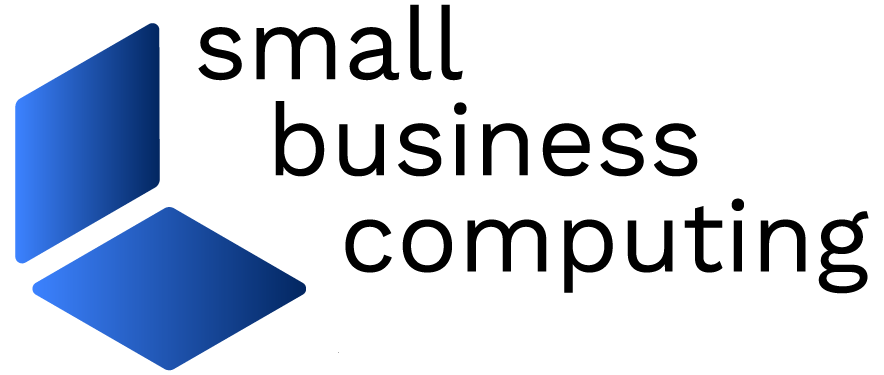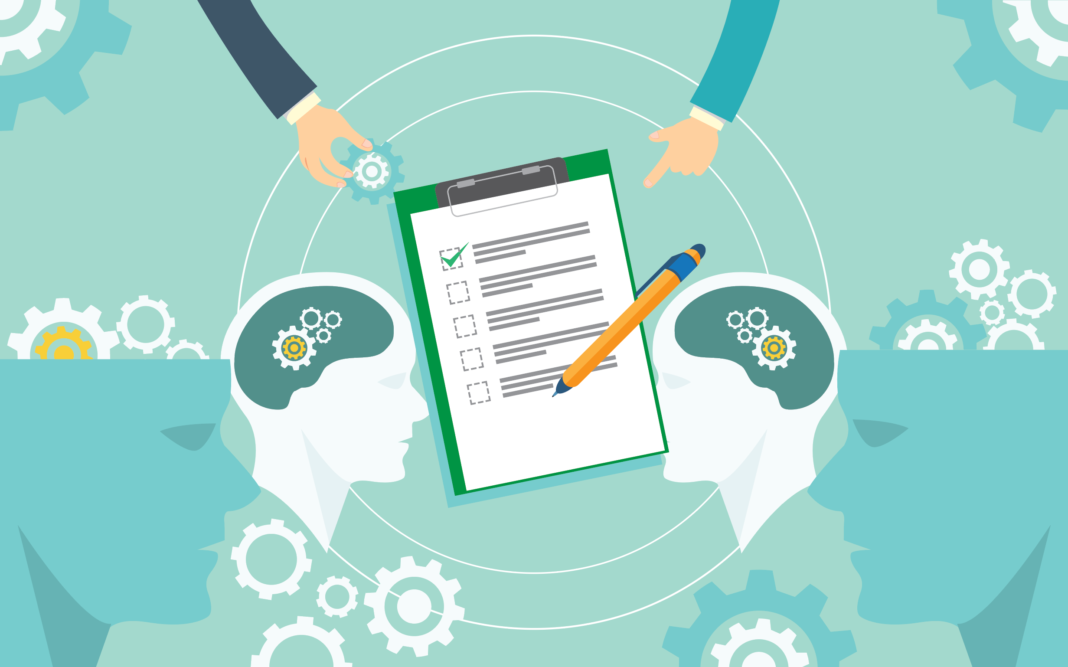In today’s hyper-competitive business landscape, it’s not only vital to hire great employees but also to retain current employees by helping them grow and develop over time. Whether you’re a small, medium or large-sized organization, you need effective employee development plans that align with individuals’ career goals and the company’s objectives.
Jump to:
- What is an employee growth and development plan?
- Why does your company need employee growth plans?
- How to create an employee development plan
- Types of employee development plans
- Best practices for building & implementing growth plans
What is an employee growth and development plan?
An employee development plan, also known as an employee growth plan, is an action plan or roadmap created by organization’s line managers in collaboration with individual employees and HR to upgrade employees’ existing knowledge and sharpen their skills for their current job and prepare them for new, challenging roles in future.
These plans differ from personal development plans in that personal plans are individuals’ plans to help them advance in their careers and are more focused on their life goals. Employee growth plans not only help them fulfill their self-development needs but also align their personal goals with organizational goals and succession planning objectives.
Why does your company need employee growth plans?
We all know how COVID-19 altered the ways businesses operate and also disrupted workers’ lives. According to a Microsoft report, 40% of the global workforce considered leaving their employers in 2021 and over 70% of workers wanted flexible remote working options. Organizations needed to be proactive and resilient to face such challenges.
Even before the pandemic, globalization and technological advancements forced organizations to adapt to changing trends to upskill their workforce and retain their top talent to gain a competitive advantage.
Investing in employee development plans is a win-win situation for your organization. The important benefits of these plans include
- Attracting and retaining talent
- Reducing skills gap & turnover
- Enhance employee motivation & improve productivity
- Create a competitive learning environment
- Increase organization’s profitability
- Fulfill succession planning objectives
- Reduce the cost of onboarding and recruiting new people
- Nurture future leaders
How to create an employee development plan
Let’s have a look at some important steps to create an effective employee development plan:
- Start with a training need analysis (TNA) or skill gap analysis
A training needs analysis helps you assess the current knowledge, skills, and abilities (KSAs) of your employees and the areas they are lacking in to achieve personal and organizational objectives. By identifying the areas of improvement, you can streamline your training activities to attain maximum benefit.
- Prepare employees and set career goals
Take some time to talk to your employees. Are they happy at work? Or, do they feel the need to gain new skills to advance in their careers? It’s important to encourage an open feedback system in collaboration with your HR team. It also helps you identify the potential candidates who are eager to learn and climb their career ladder with your organization.
- Develop an action plan
Once you’ve identified employees who are ready for growth plans, you can create an action plan while aligning their personal career goals with your company’s objectives. Focus on one-on-one collaboration with individual employees and their supervisors to provide the best learning and development opportunities.
- Monitor and track results
There’s no one-size-fits-all when it comes to developing individuals. Consider different methods for different employees. Meet with them regularly and get their feedback. Ask whether the plan is working for them, or if they’re facing any obstacles. Talk to their line managers to determine whether there’s an improvement in employees’ performance and training plan is working.
- Refine your strategy
Nothing is set in stone! Be flexible in your approach and keep monitoring performance. Integrate new methods into your employee development plans whenever necessary.
Types of employee development plans or methods
Based on your organizational and individual needs, you can use any or combination of the following employee development methods:
Coaching and mentoring
Coaching and mentoring involve experienced senior management staff guiding the junior employees to polish their skills. Such methods help develop technical and soft skills of employees including leadership, conflict resolution, critical thinking & decision-making, communication, and other organizational skills.
On-the-job training (OJT)
OJT is a practical approach that helps employees apply the learned skills in a real working scenario. In contrast to a traditional classroom training approach, OJT equips employees with practical hands-on knowledge of different operations.
Job rotation and stretch assignments
Job rotation is a strategic transitioning process that helps employees gain experience in different roles and responsibilities within the organization and grow their expertise. A stretch assignment is a type of rotating job, horizontal or vertical, that creates a challenging learning environment for individuals with additional duties and responsibilities.
Simulations, workshops & conferences
Simulation-based training creates a real-world virtual scenario for employees to promote the gamified learning experience. These can be role-playing exercises or responding to an emergency situation, etc. Workshops are another form of training where employees engage in interactive activities and polish their problem-solving and teamwork skills. Conferences are group awareness sessions that improve the networking, interpersonal, and communication skills of individuals.
Job shadowing
Job shadowing is one of the most effective training and development methods where younger employees learn valuable skills by following and observing more experienced colleagues. It gives interns or new employees a front-row seat to witness the daily activities of leaders and how they handle various challenges.
Career planning
Employees can work with their managers to suggest the path they want to take while advancing in their careers. Together, they can analyze an individual’s strengths and weaknesses and map out a personalized development plan.
Best practices for building and implementing growth plans
Here are some of the best practices and strategies for you to successfully implement employee development plans across your organization to maximize employees’ satisfaction.
Build employee learning & development (L&D) into organizational culture
Every leader should make learning and development a priority and embed them into the company’s culture and values. Not only it promotes continuous learning, but also creates an engaging environment and cultivates a growth mindset. Performance reviews, internal training, and providing an easily accessible library of resources to all employees are some of the ways to promote learning.
Personalize development programs
According to a LinkedIn Learning report, 94% of employees would stay longer at a company that invests in their career development. Just as every customer is different, so is every employee. Managers should invest in their employees by developing personalized development plans, tailored to individuals’ career goals and expertise. Speak with your team and ask for their suggestions and preferred learning styles to design a suitable plan.
Embrace technology for e-learning and development
As remote working is on the rise amidst the pandemic, it’s critical to use digital learning tools and software as compared to the traditional ‘in-person’ training approach. Corporate learning management system (LMS) allows employees to learn at their own pace and from any place. Using e-learning software, you can develop individual or group training programs, provide workflows and set milestones, keep track of an individual’s progress and other metrics. Most commonly used methods include webinars, simulations, online workshops, quizzes and assessments.
Also read: LMS Software Comparison: Skillshare vs. Udemy
Reward & acknowledge
Once you’ve successfully launched the development plan, don’t just sit on it. Success is a long process and may not always come in the form of promotion or other big breakthroughs. You need to find ways to acknowledge and celebrate even smaller milestones of individuals to keep them motivated. Recognition may come in any form, be it verbal appreciation or a badge or a monetary reward.
Help your employees grow with you!
In this COVID era and rapidly-evolving workforce trends, you need to invest in your employees’ growth so that they stick around and invest in your company’s mission and goals. Remember! Each employee is unique. You need to listen to your employees, implement their feedback to craft personalized growth plans and keep fine-tuning your development strategy to help them reach their career goals.
Read next: Top HR Software for Small Businesses 2022


